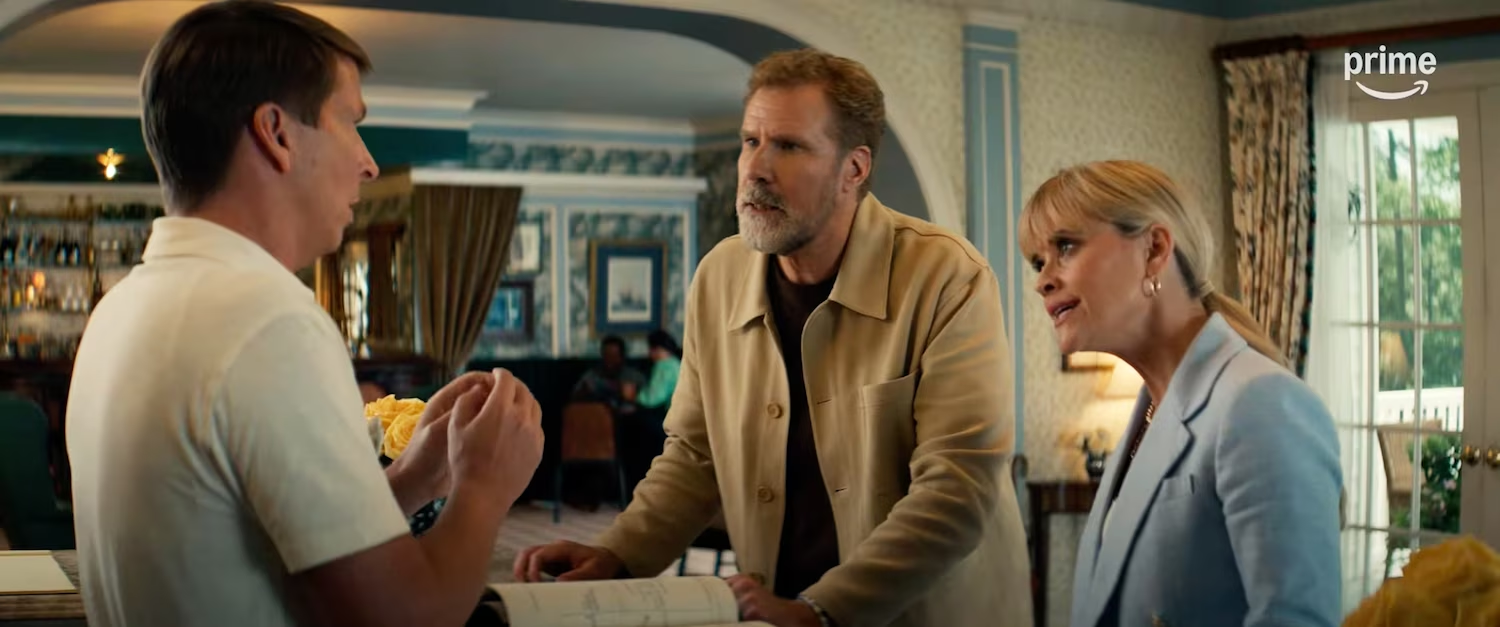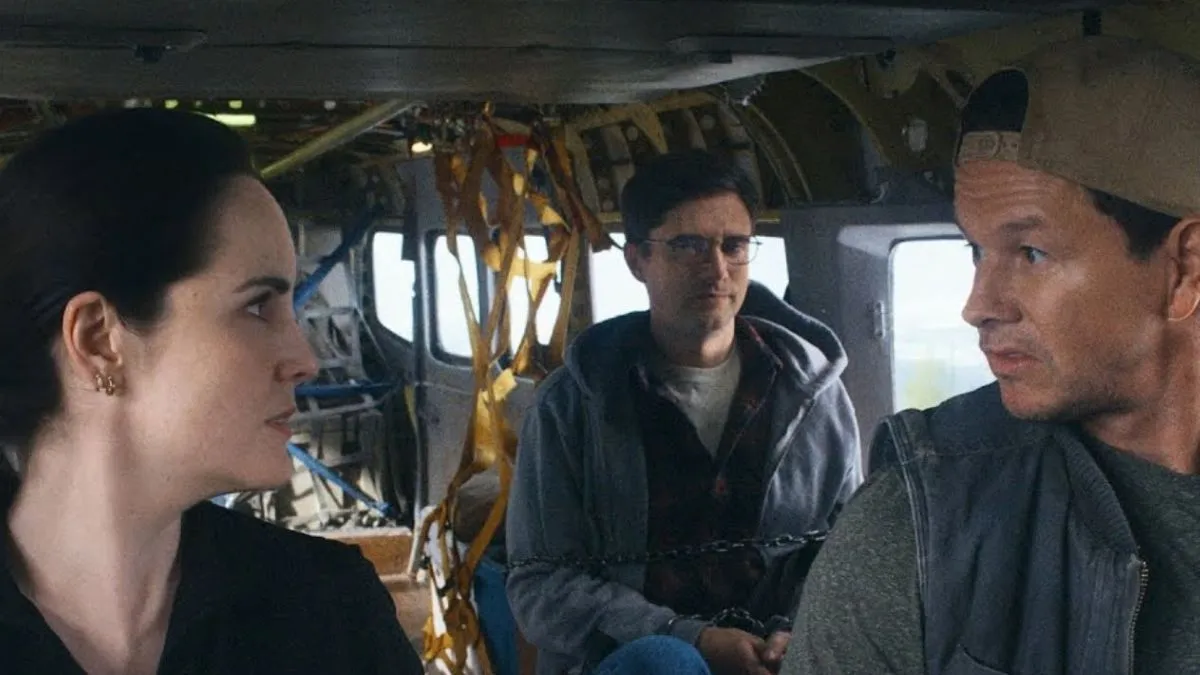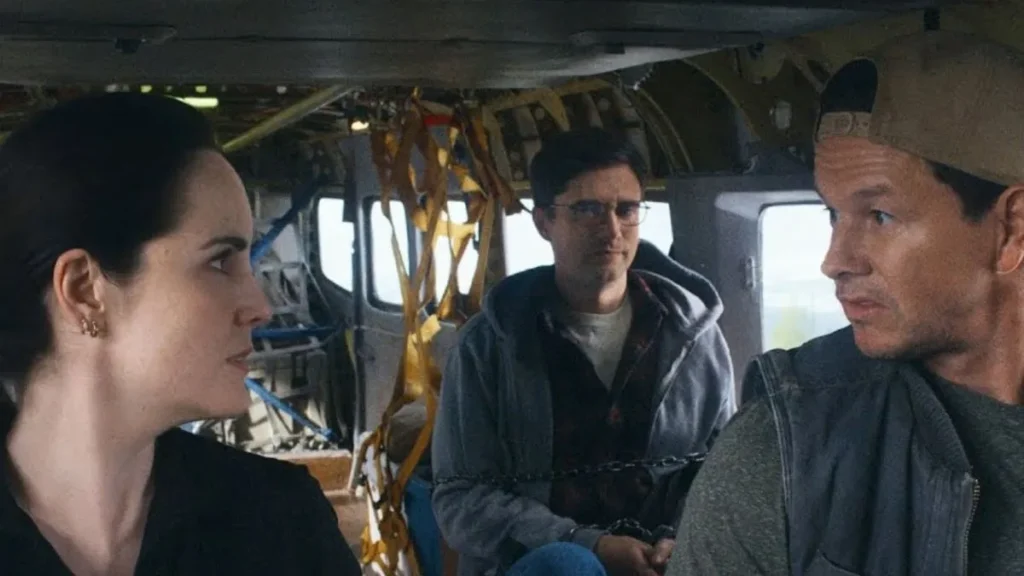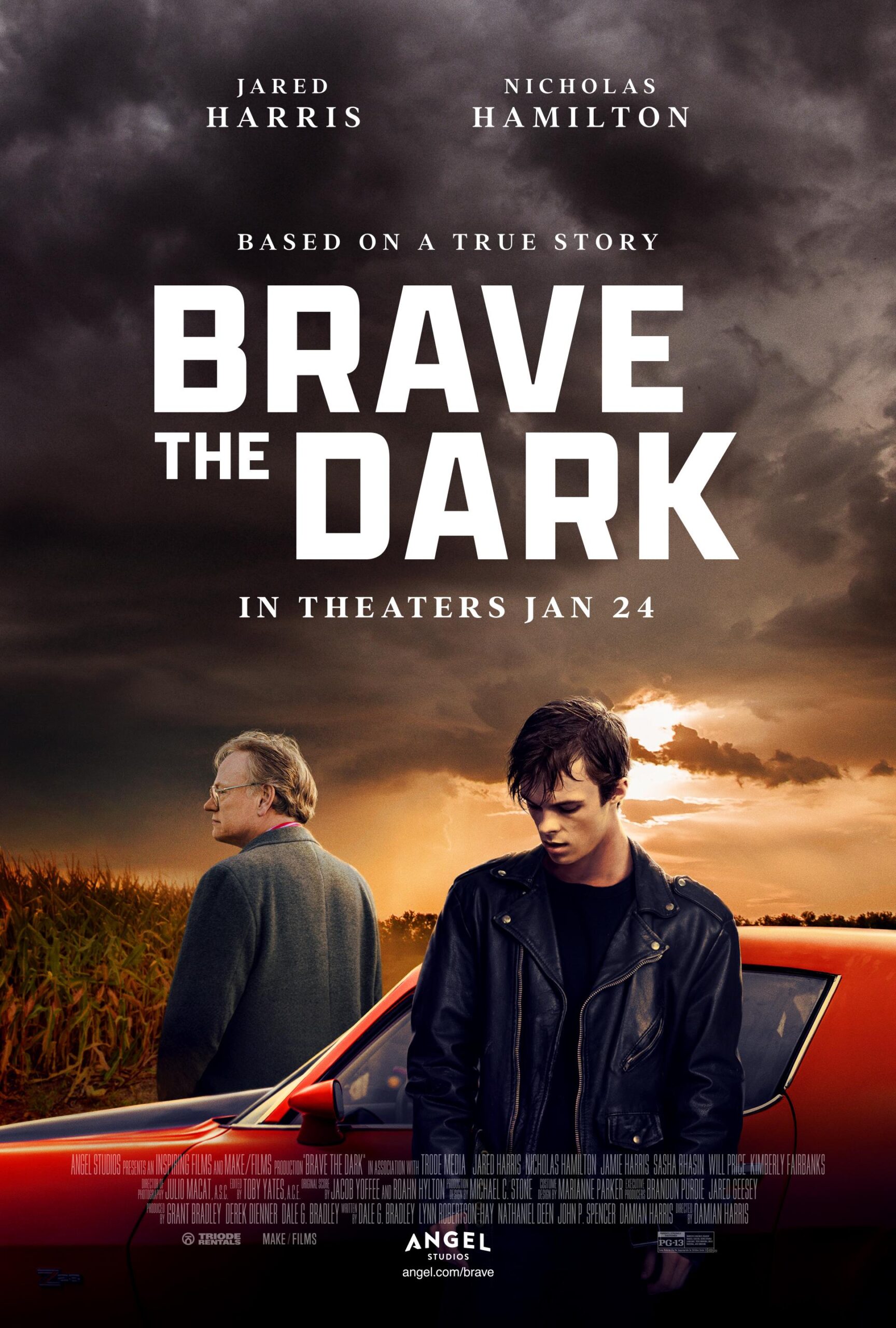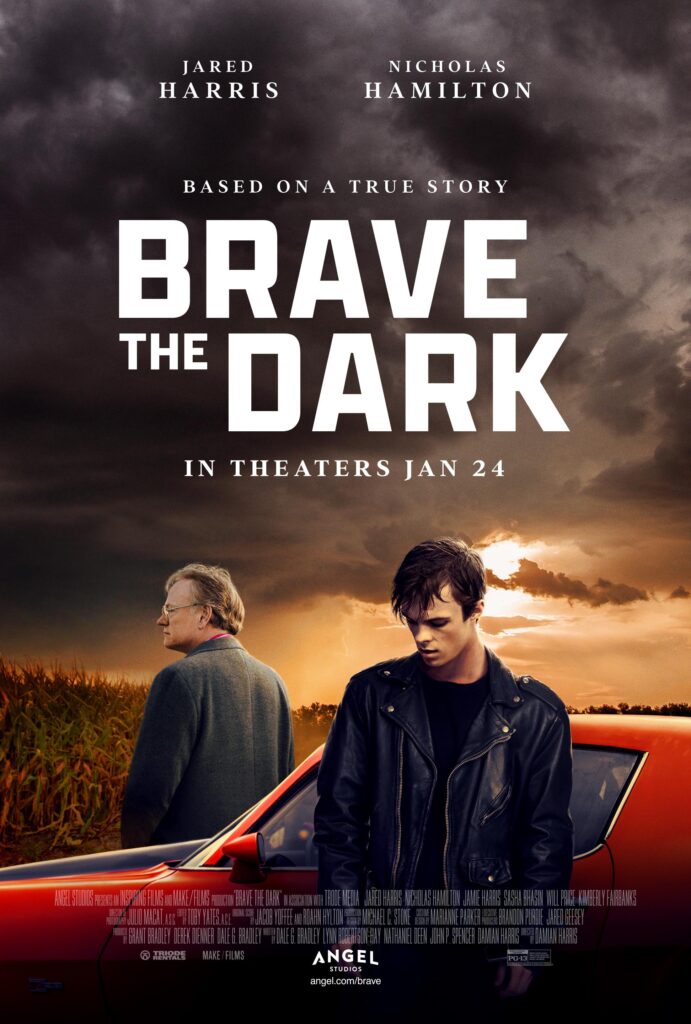Suze
Posted on February 6, 2025 at 12:53 pm
B +| Lowest Recommended Age: | High School |
| MPAA Rating: | Not rated |
| Profanity: | Strong language |
| Alcohol/ Drugs: | Teen drinking, drugs |
| Violence/ Scariness: | Attempted suicide |
| Diversity Issues: | None |
| Date Released to Theaters: | February 7, 2025 |
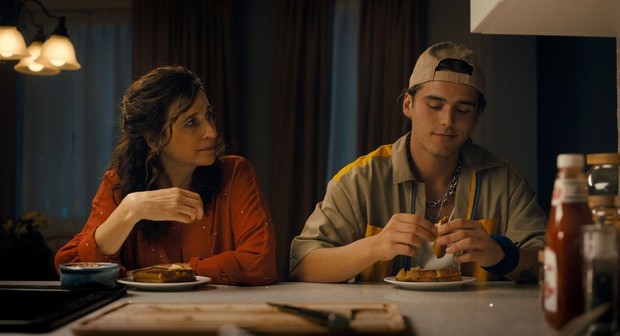
Michaela Watkins does not get a chance to show us all she can do nearly often enough, and so it is a special pleasure to see her in the title role of “Suze.” Her name is Susan, and that is what she is called by her colleagues at work and by her ex-husband Alan (Sandy Jobin-Bevans) and his new wife Jacinta (Sorika Wolf). Her daughter, Brooke (Sara Waisglass) calls her Mom, usually when she is trying to wheedle her into giving her something. And Susan has a very hard time saying no to Brooke, who, as the story begins, is about to graduate from high school. Though she promised her mother she would go to college locally and live at home, she is going to leave for McGill in Canada, several hours away.
The person who calls her “Suze” is Gage (Charlie Gillespie), Susan’s boyfriend, who has the personality of a St. Bernard who keeps knocking people over and jumping on the furniture, but who is always sincerely affectionate. Brooke, who is selfish, manipulative, and immature, likes Gage for the same reason she does not like her mother; both devote their whole lives to adoring her.
After Brooke dumps Gage by text, he has a bad fall, either a suicide attempt or a result of poor, high-risk decisions. Gage’s feckless father asks if he can stay with Susan for a few weeks. She says no at first. But she sees he has no other option, and reluctantly agrees.
So, we have one character with no filter and another who has so many filters her authentic self is barely recognizable. Susan gradually begins to understand that Gage is as lost as she is, and that his hearty ebullience is as much of a cover-up as her effort to create a perfect world for Brooke. She ultimately admits that was less for Brooke than for herself. “I thought if I made her really happy and gave her everything she needed she wouldn’t want to leave me.”
I have been a huge Watkins fan since she was on SNL, playing a highly caffeinated blogger and as a perpetually trying to maintain her professionalism Hoda Kotbe opposite Kristen Wiig’s irrepressible Kathy Lee Gifford. She brings enormous depth, complexity, and vulnerability to Susan.
Stories about opposites finding a way to care for each other are immediately compelling, especially those, like this one, where one represents the repressions of the ego and the other the impulses of the id. “Suze” keeps us enthralled with the specifics, authentically messy, of the developing relationship. There’s a touch of Susan’s missing someone to mother, especially someone, unlike Brooke, who appreciates being cared for and about. But most of what develops between them is a friendship. She begins to see that what irritates her the most about Gage is not the result of bad manners or a lack of boundaries but parental neglect. She begins to realize she has missed having someone to talk to. Her doctor tells her she is in perimenopause, meaning “things winding down inside.” That plus Brooke’s absence and news from her ex make her decide to open up to a possible relationship. But the stress of those factors also impair her ability to take that step.
Gillespie also makes a strong impression, especially in a quieter scene where he visits his mother. Both Susan and Gage keep making mistakes but they never lose our sympathy or our hope that they find purpose and connection. “Suze” is bittersweet, funny and sometimes sad but always heartfelt and honest, everything we hope for from an indie.
Parents should know that this movie includes sexual situations and some sexual references, teen drinking, drugs, and a possible attempted suicide.
Family discussion: Is Susan a good mother? Why did she tell Brooke to go back to school?
If you like this, try: “Take Care”



